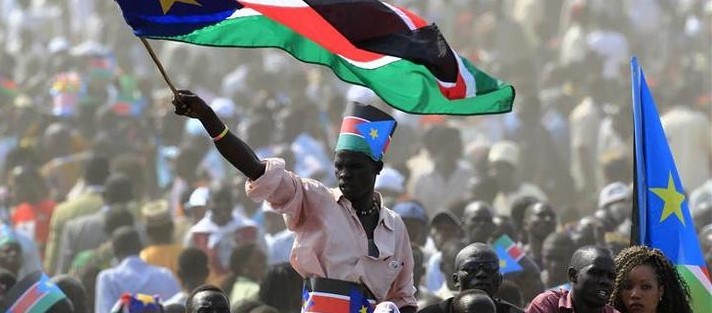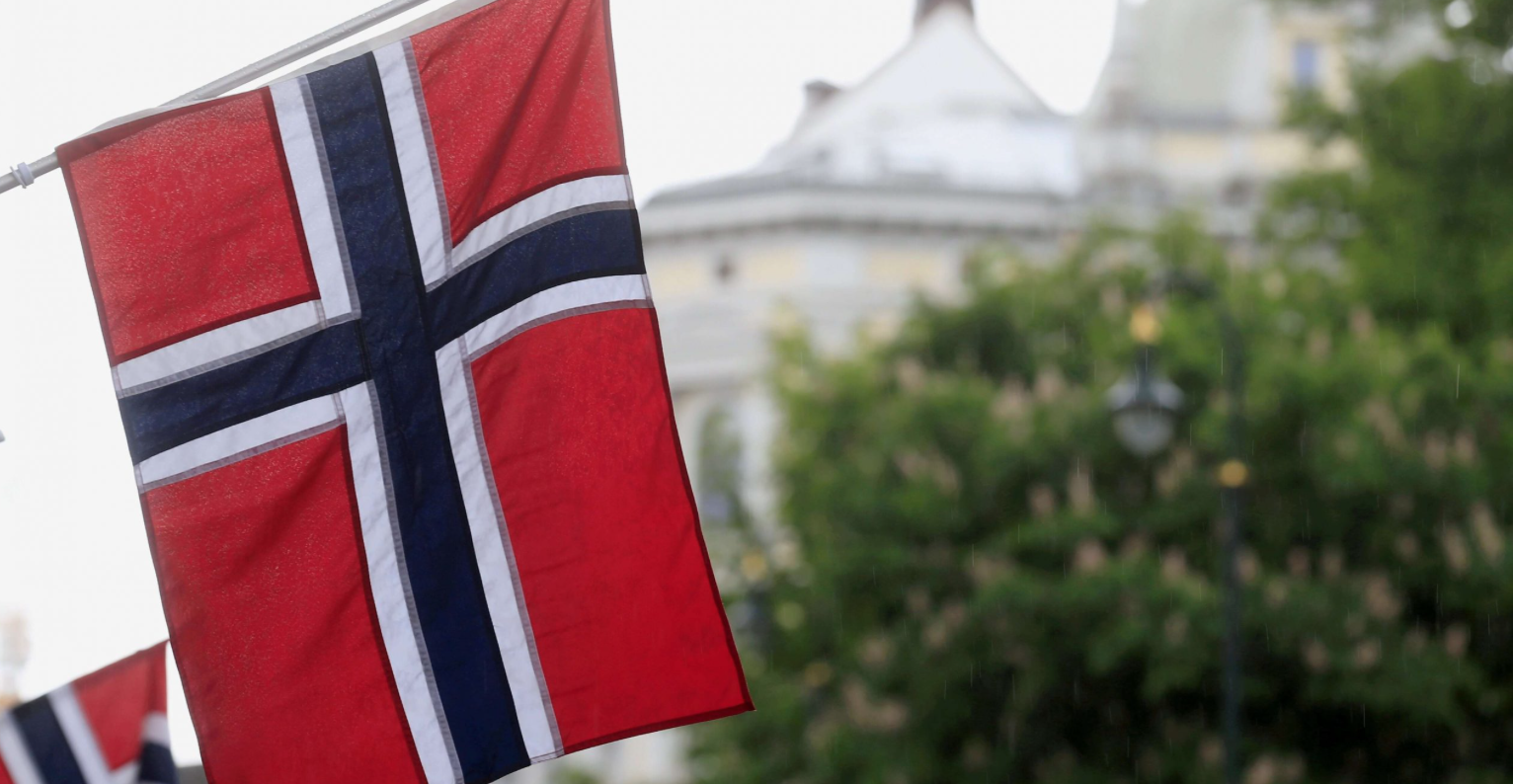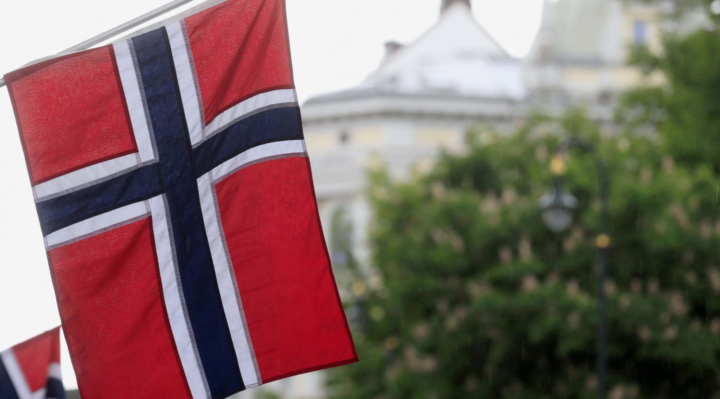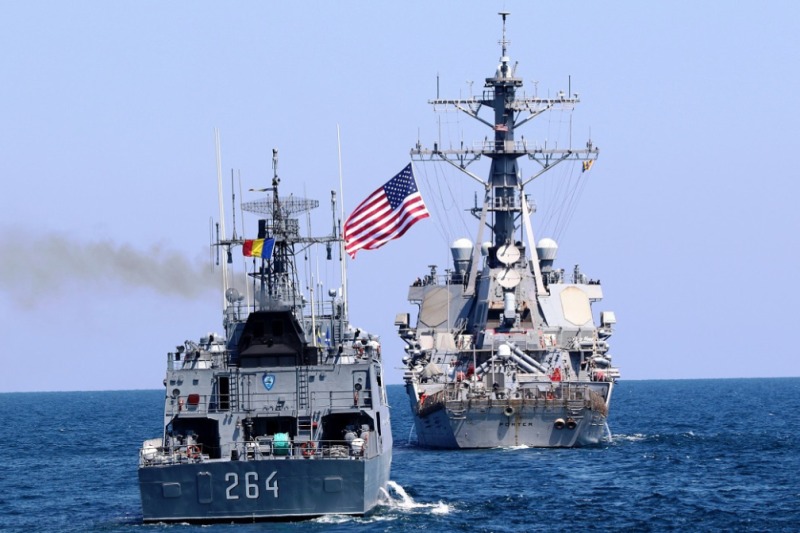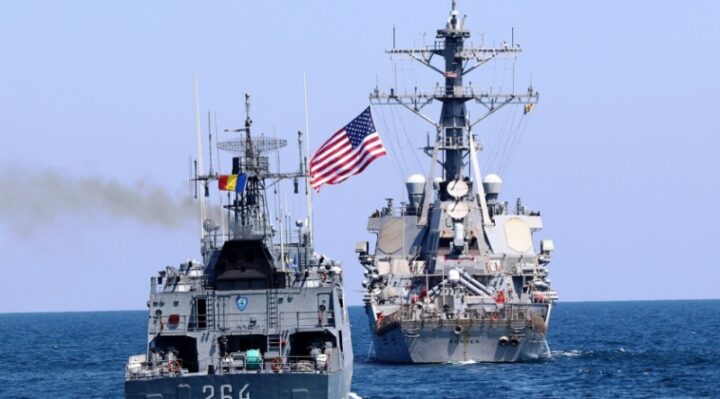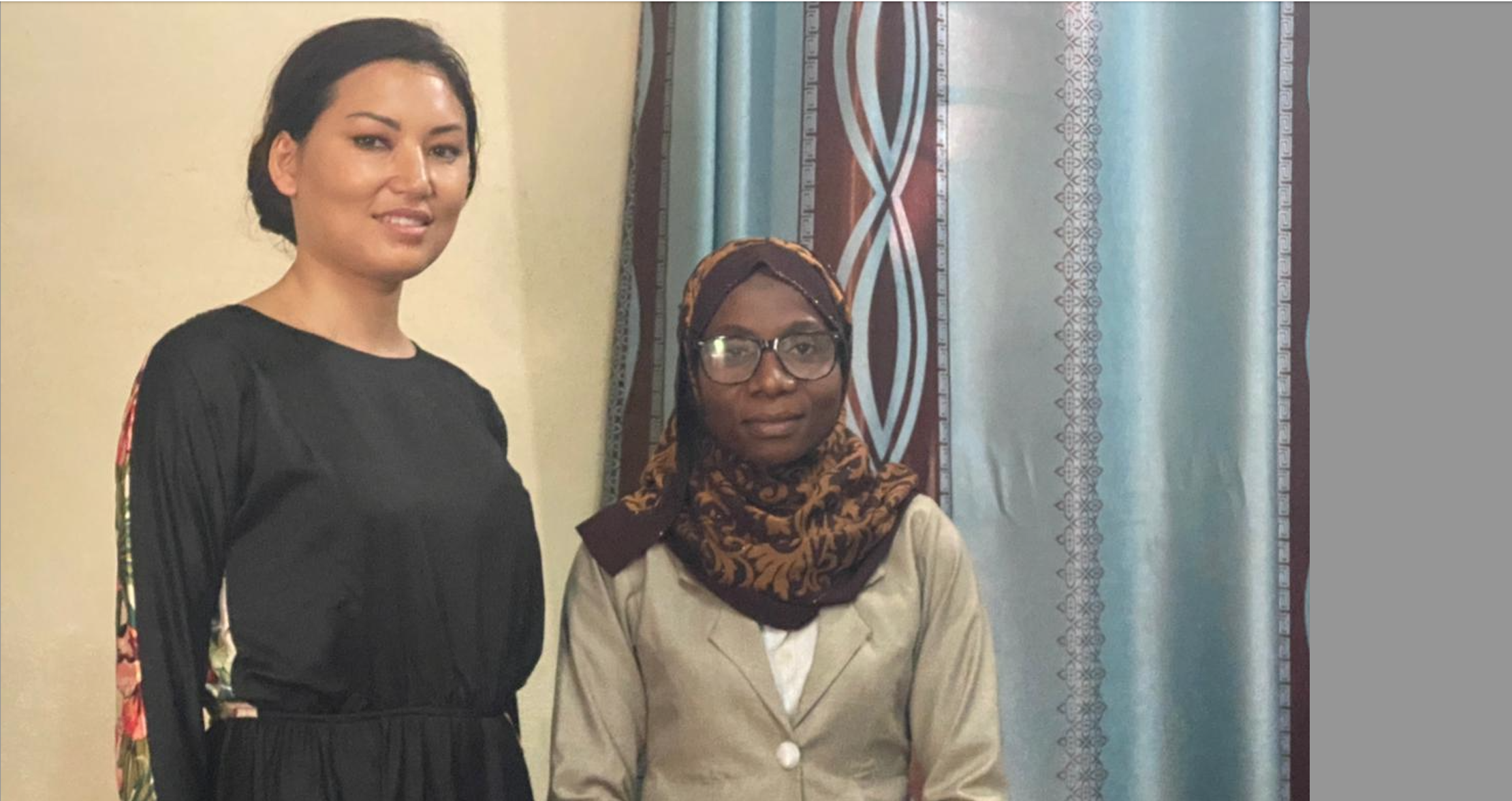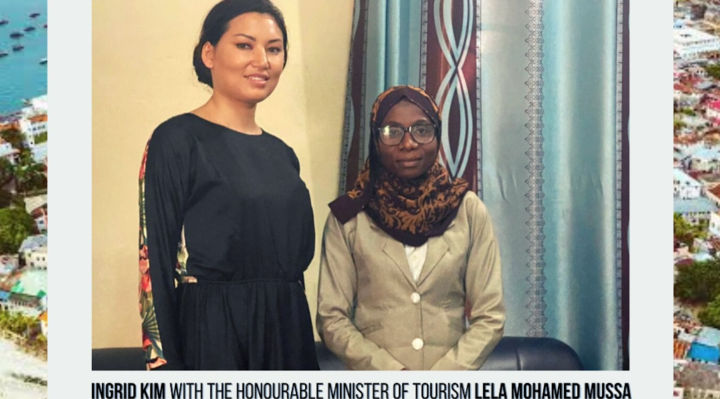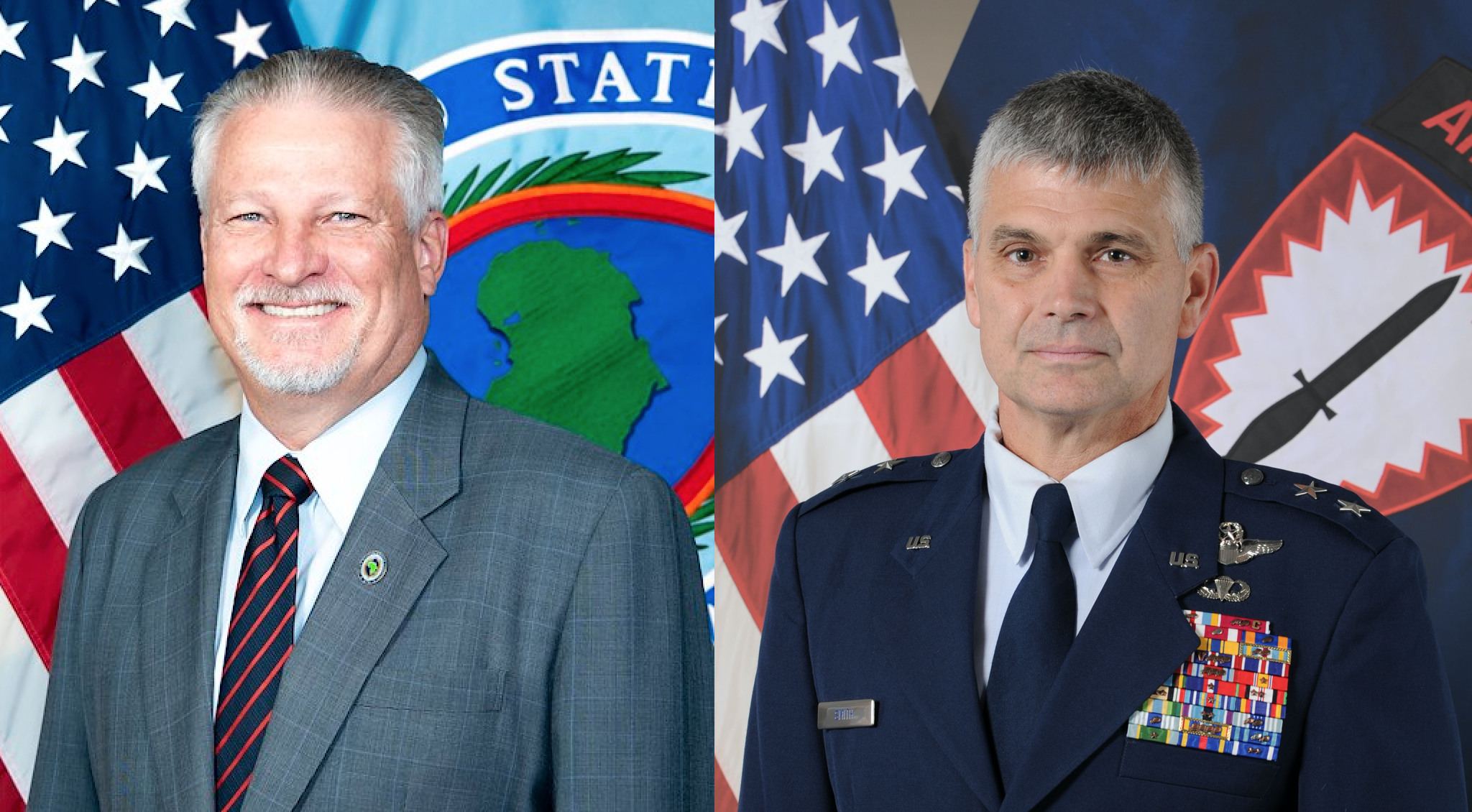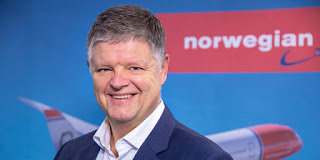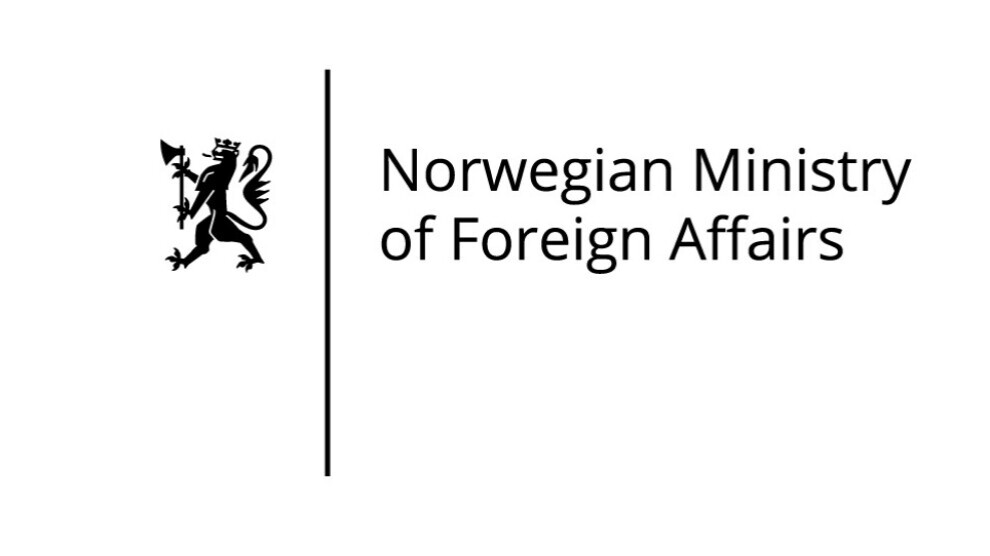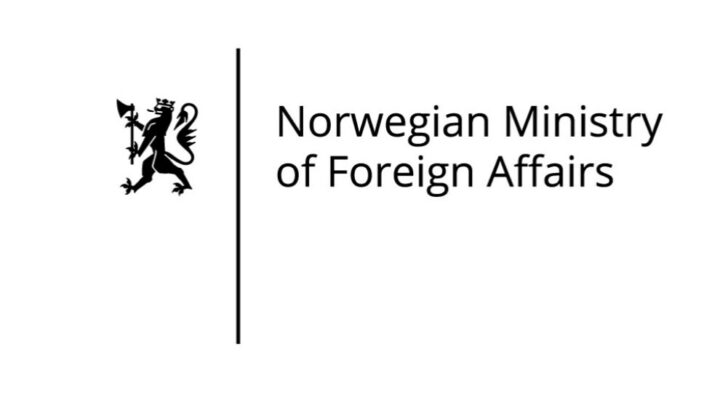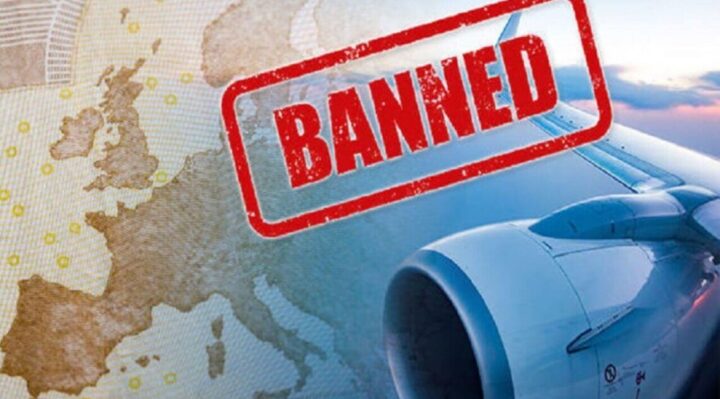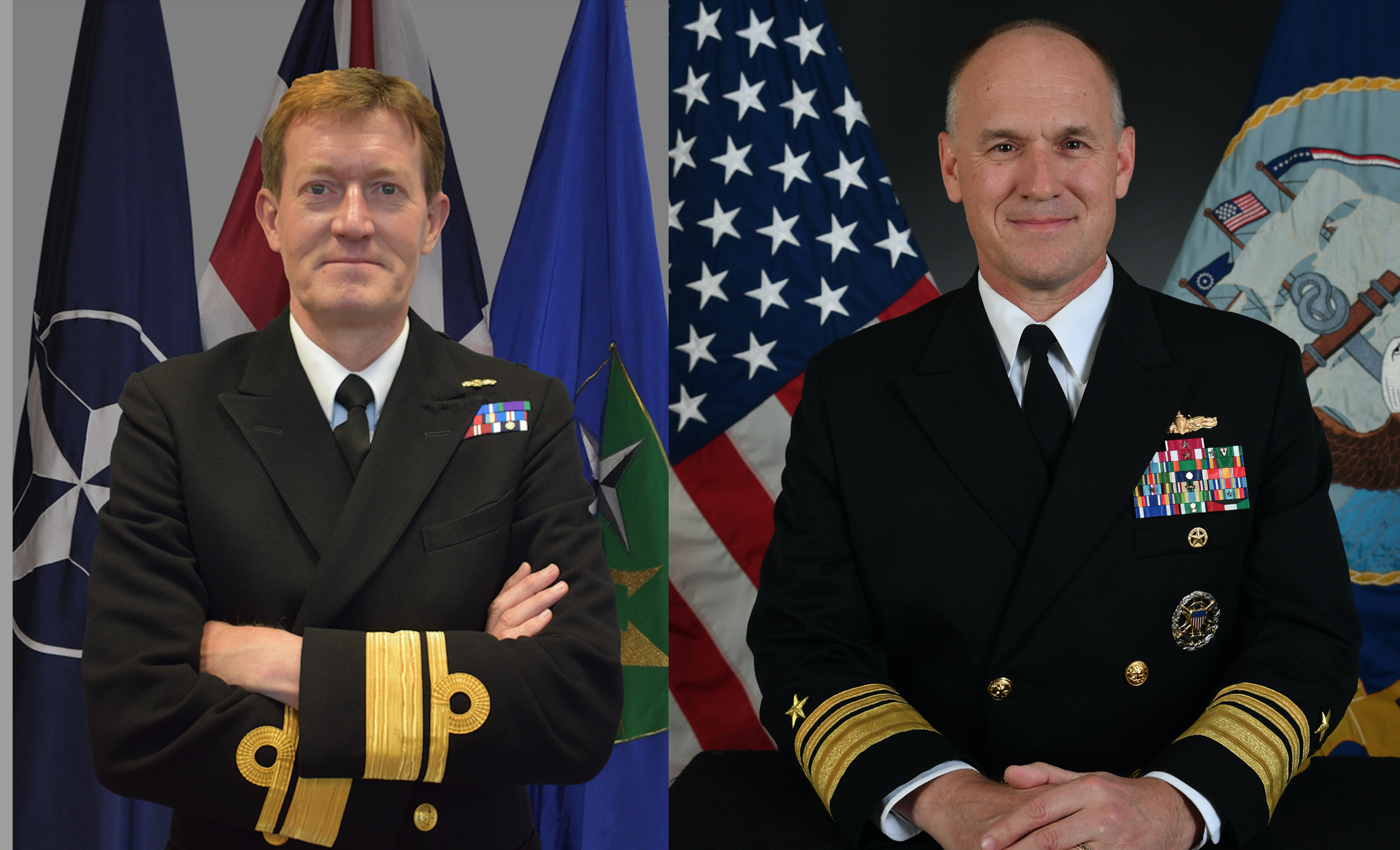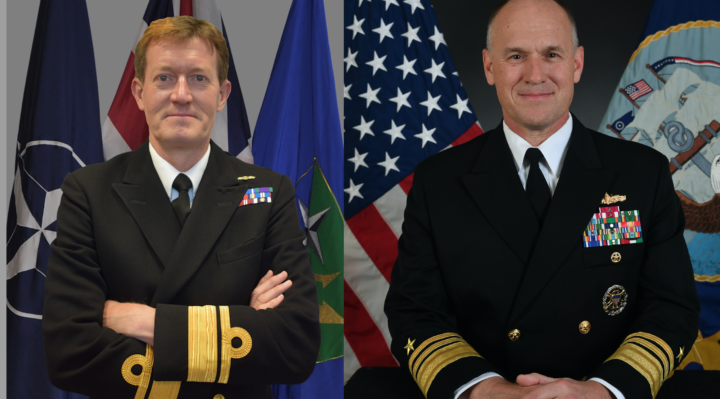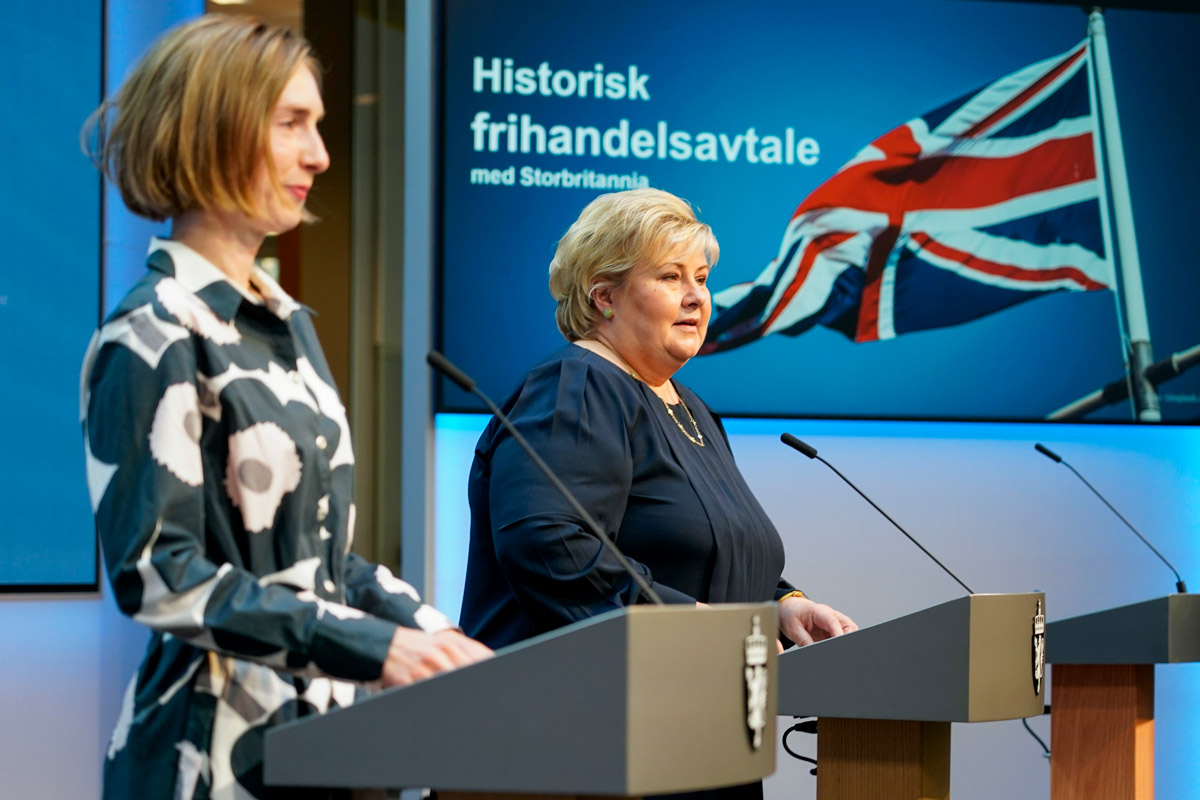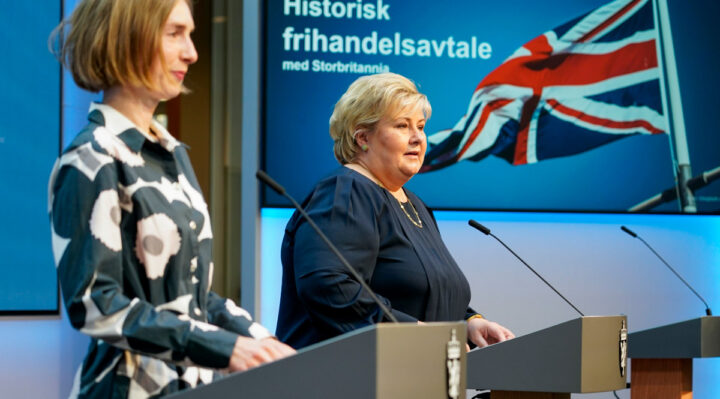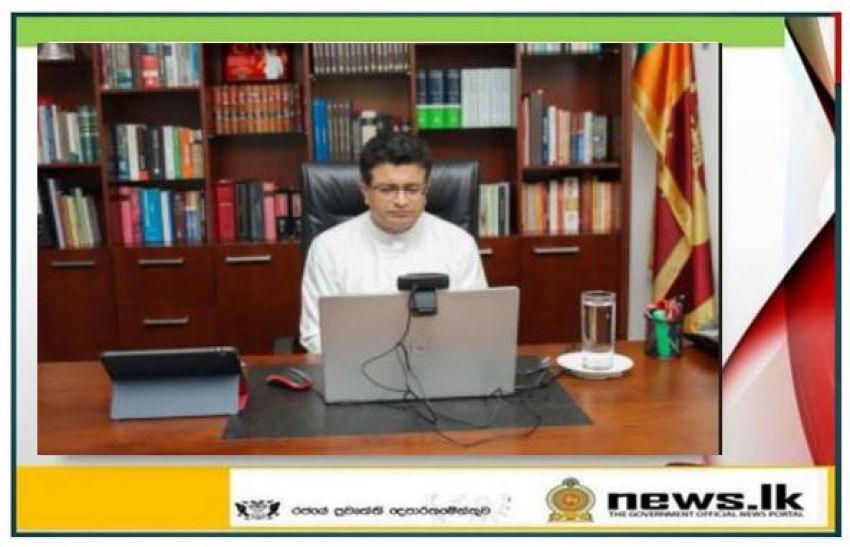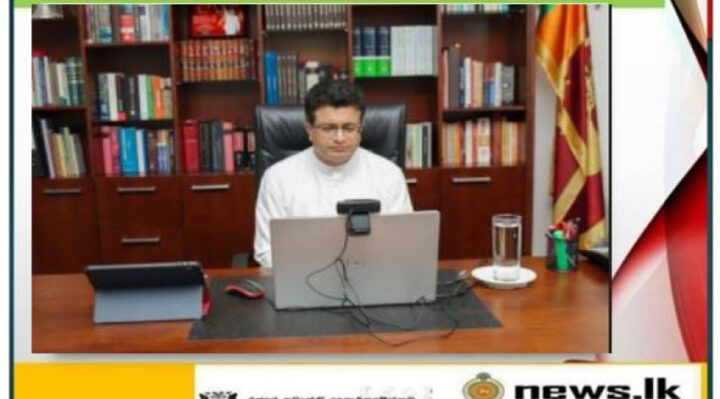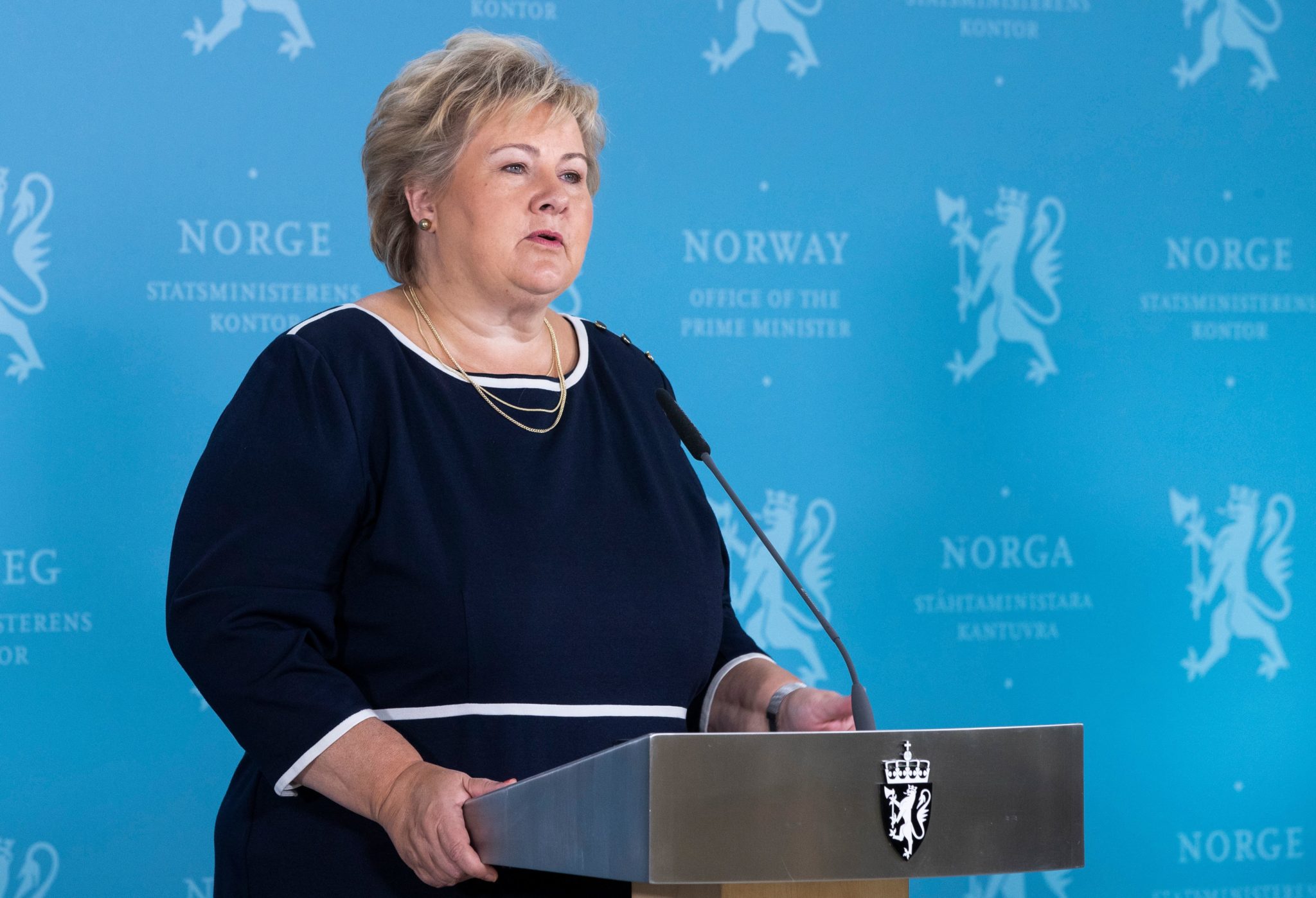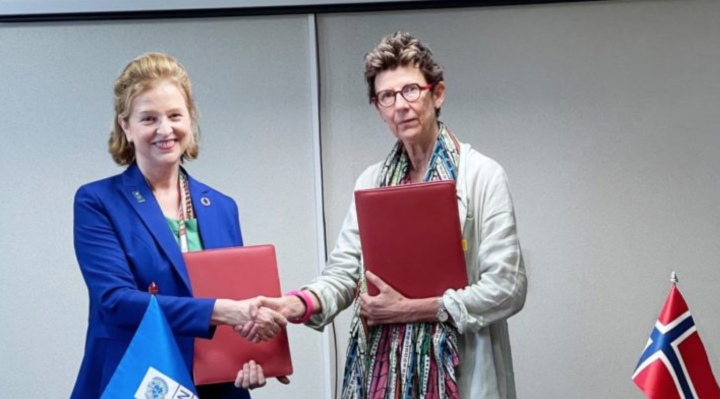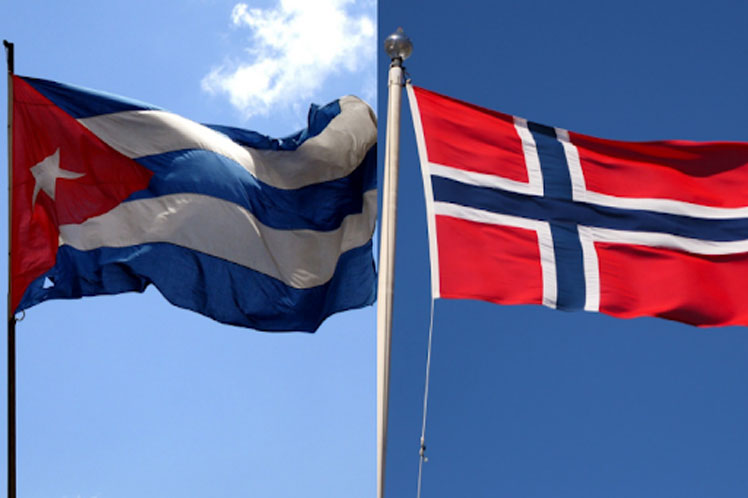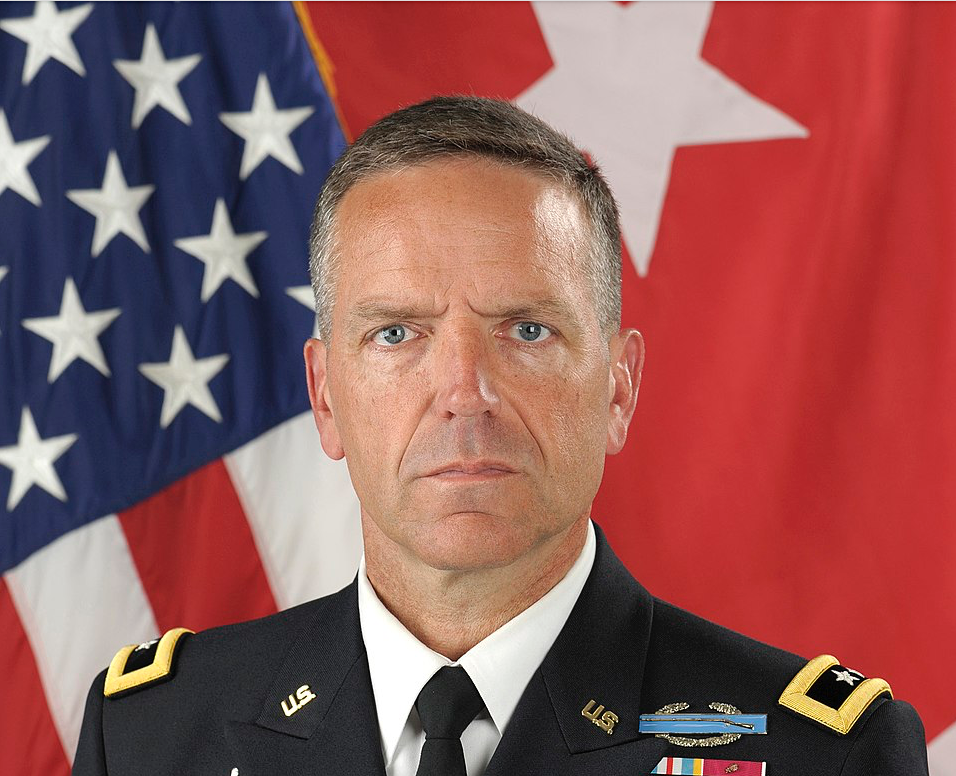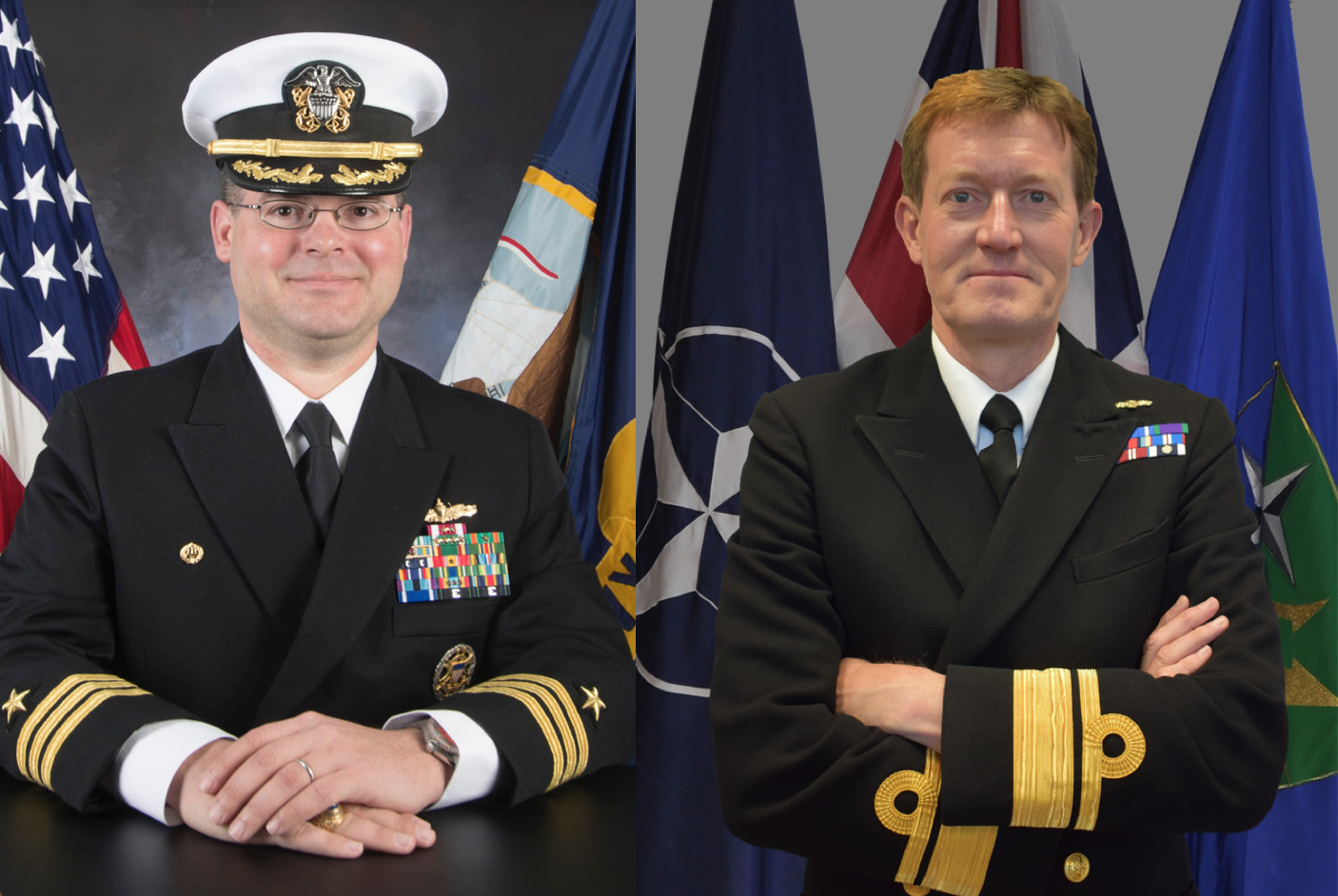The members of the ‘Troika’ – Norway, the United Kingdom, and the United States – have commended the South Sudanese people for their resilience in the quest to move the country forward.
South Sudan, the world’s youngest nation, marked 10 years of its independence today, without an official celebration.

Just two years later after independence, the young nation descended into civil war in December 2013. The oil-rich country has been mired in fighting that killed nearly 400,000 people and a deteriorating humanitarian crisis.
Even after the signing of a revitalized peace deal in September 2018, South Sudan is still facing many challenges like insecurity, endemic corruption, extreme poverty, economic woes and the Covid-19 pandemic.
The three Western governments, which serve as witnesses of the South Sudan peace agreement, commended the commitment many have shown in working together to build a brighter future, stressing that it is deeply saddening that the promise of peace and prosperity that independence represented remains unfulfilled.
“The first ten years of this young country’s history have seen much suffering, due to conflict-related abuses, famine, flooding, and disease. Yet through it all, the South Sudanese people have shown resilience,” the three countries said a joint statement on Thursday.
The Troika urges immediate action to ensure access for humanitarian aid and to end violence against South Sudanese and the aid workers who serve them.
The three countries pointed out that the great challenge now facing South Sudan is to recapture the sense of unity, strength, and hope that prevailed on the independence day 10 years ago.
“With reconciliation through compromise and accelerated implementation of the peace agreement, South Sudan can become a peaceful, democratic country, where human rights and the rule of law are respected – a country where all people have food on their table, where businesses prosper, and where the Government truly serves its people,” the Troika said.
The Troika said it remains eager to work in close partnership with the transitional government to implement fully the revitalized peace agreement.
“We are committed to standing with the South Sudanese people as they work toward their aspirations of peace and prosperity. We urge the political leadership of South Sudan to take the actions needed to build the country the jubilant crowds of 2011 dreamed was possible,” it concluded.

